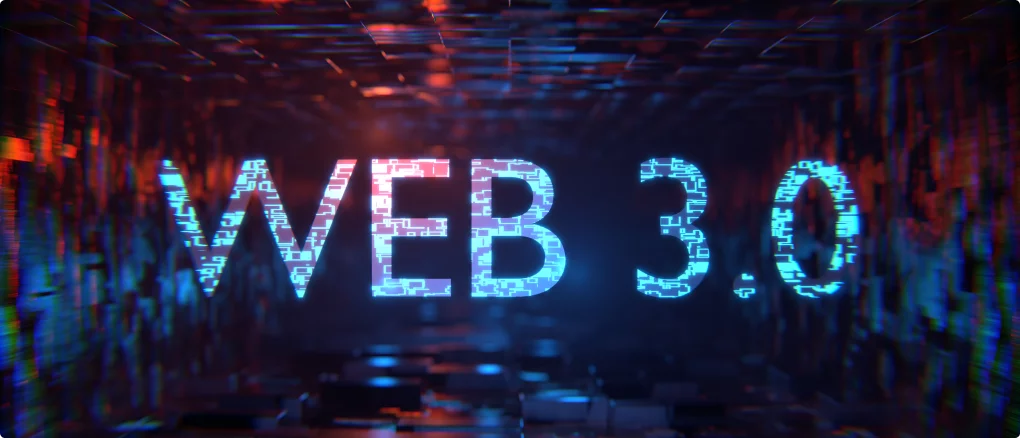




In the present era, there is no concept of living without the latest technologies of the internet as it’s a crucial part of our professional and private lives now and we’re mostly dependent on gadgets like laptops, tablets, and wearables to fetch information from the web.
In a blockchain world, we’ve been coming across both of these terms “Web 2.0” and “Web 3.0” which are actually the generations of internet services and advanced iterations of the original Web 1.0 of the 1990s with distinct variations in how users interact with the internet. Let’s have an understanding of both of these and find the effective differences.
The first phase, Web 1.0 included static web pages, and was founded by Berners-Lee in October 1990 and wrote three basic technologies i.e. HTML, URL, and HTTP that form the foundation of the web.
The second phase, Web 2.0 focused on enabling users to interact with content on the web and to be viewed by millions of people around the world, something that was lacking in the previous phase.
The third phase, Web 3.0 is built upon the core concepts of decentralisation, openness, and greater user utility.
Now let’s have some insight on the crucial highlights of Web 3.0, which are going to help in differentiating it from Web 2.0.
One of the foremost factors of Web 3.0 is that it’s the third generation of the web, focusing on the semantic web, enabling better communication and understanding between users and machines on decentralized infrastructures plus distributed servers. On the other hand, in Web 2.0, computers use HTTP in the form of unique web addresses to find information stored at a fixed location, generally on a single server.
Web 3.0 is bringing the technology of Semantic Web concepts in computers that will make them able to understand information like humans do.
Web 3.0 will also use machine learning, which is a branch of artificial intelligence (AI) that uses data and algorithms to imitate how humans learn, gradually improving its accuracy.
by using immersive realities and it can be accessed from a much wider range of devices, phones, and computers.
Online activities in Web 2.0 depend on web apps, while Web 3.0 will rely on decentralised apps. dApps are built on blockchain platforms to ensure transparency and that no central governing body is present.
Web 2.0 mainly focuses on enabling users to interact with content on the internet, connecting people primarily concerned for community development.
And now Web 3.0 turned its focus towards user empowerment by facilitating improved trust, security, and privacy of individual users.
Web 2.0 is the second generation of internet services that enables read and write functionalities but Web 3.0 is the third generation of the web which focuses on the semantic web.
It basically focuses on enabling better communication and understanding between users and machines on decentralised infrastructures.
To cut the story short, Web 3.0 presents a promising infrastructure required for the interaction between humans and machines. Most important of all, Web 3.0 comes with better security, trust, and privacy.